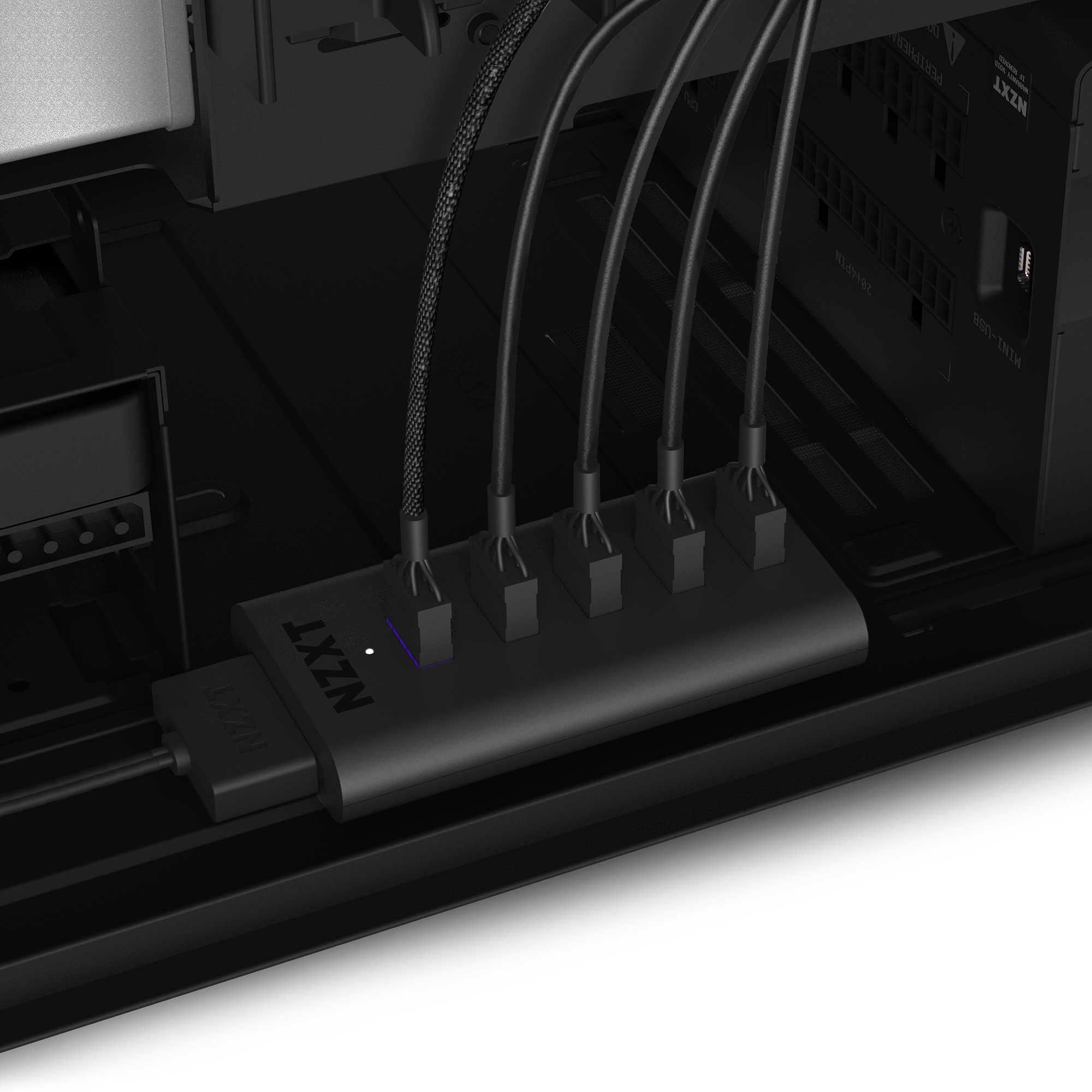
The bandwidth behind Thunderbolt 4 is enough to drive those displays and shuttle data back and forth between peripherals without causing your display to flicker or your video stream to stutter. Intel helped launch the updated Thunderbolt 4 specification in July 2020 as part of its 11th-gen “Tiger Lake” Core laptops, and the specification has become more popular on productivity laptops. If your laptop includes a Thunderbolt port, chances are it supports the Thunderbolt 3 or Thunderbolt 4 standard, both of which provide 40Gbps.

You can also use Thunderbolt to enable an external GPU for your PC. While a USB-C hub can support a single 4K display, often at an eye-wearying 30Hz refresh rate, Thunderbolt docks can support up to two 4K displays at a comfortable 60Hz. That primarily matters where displays are concerned, but can affect the number and type of external hard drives, SSDs, and other peripherals that can your PC can connect to. USB-C hubs are far cheaper, but they offer far less bandwidth. The choice here is between a USB-C hub and a Thunderbolt dock. Though cheaper laptops still include microUSB ports, HDMI, SD card slots, and more, premium laptops are opting for the “clean” look, and are pushing all of these legacy ports onto external devices.

It can even charge your laptop and smartphone! Think of the Thunderbolt dock as a more powerful, high-speed alternative to a USB-C hub, adding I/O expansion to your laptop in the form of extra ports for mice, keyboards, external drives, SD cards, and, most importantly, displays.

With Thunderbolt ports becoming more common in laptops, a Thunderbolt dock can be a critical accessory.


 0 kommentar(er)
0 kommentar(er)
